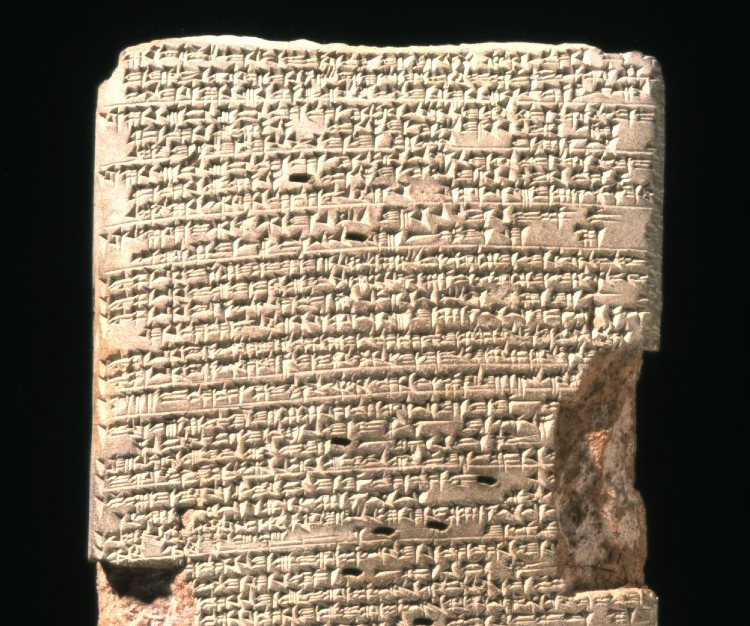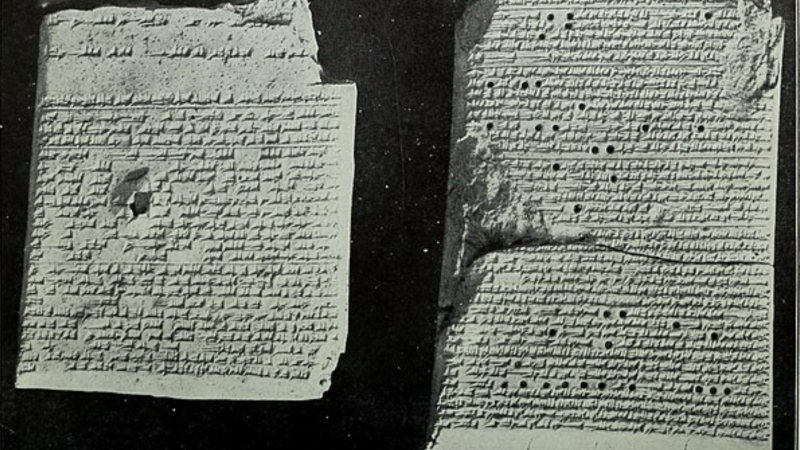The Diagnostic Handbook
The diagnostic handbook definitely deserves a place in the list of the most important events in ancient Babylonia. The notions of diagnosis, prognosis, physical examination, and prescriptions were all introduced by the Babylonian Empire, which achieved significant strides in the field of medicine. The Diagnostic Handbook specified this. The manual discussed using empiricism, or knowledge obtained through the senses, to recommend therapy and treatment, as well as teaching how to recognize disease scientifically and logically. The Diagnostic Handbook has its flaws even if it was a significant development for rational thought. Magic and the supernatural played a significant role in Babylonian medicine. While they made an effort to learn through dissection, the Babylonians mainly turned on magic to treat illnesses.
In ancient Babylonia, diagnosis and prognosis were the only scientific aspects of medicine, and even these procedures were highly influenced by superstition. Overall, magic and incantations were as important to Babylonian healthcare as, if not more important than, natural medicine and pharmaceutical drugs. The primary source for this material is Assyrian translations of Babylonian texts, which are thought to have been composed in the first half of the 2nd millennium BC. The majority of the chemicals listed in the several prescriptions these Babylonian doctors wrote down are now thought to be ineffectual for the diseases they were treating. The majority of the materials used were probably selected using a combination of trial and error and speculation.











